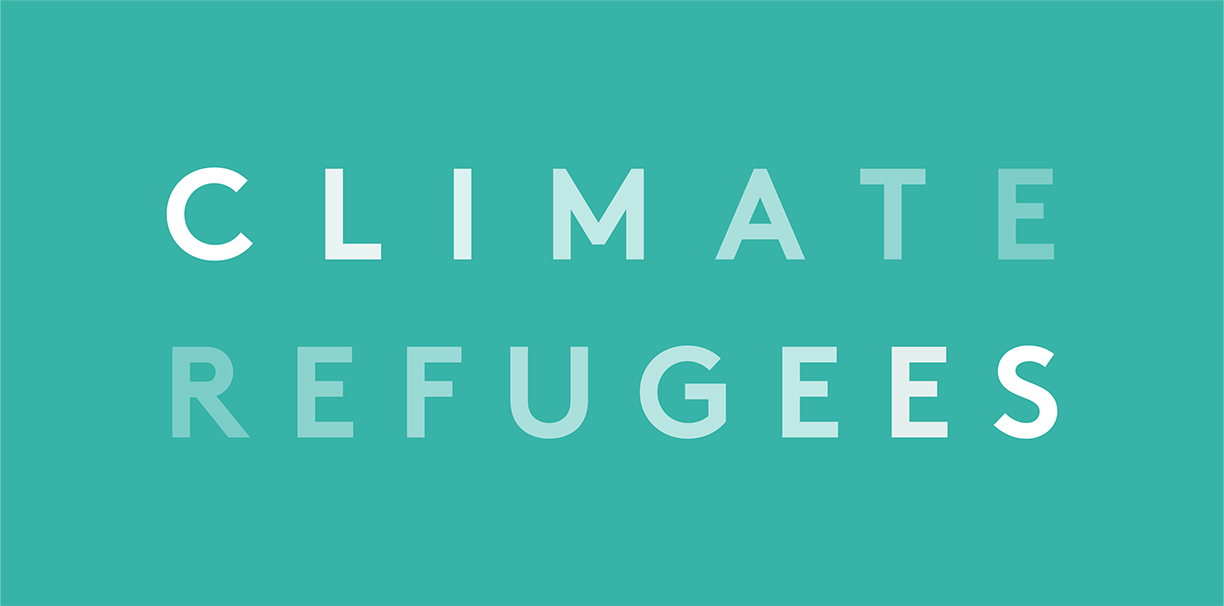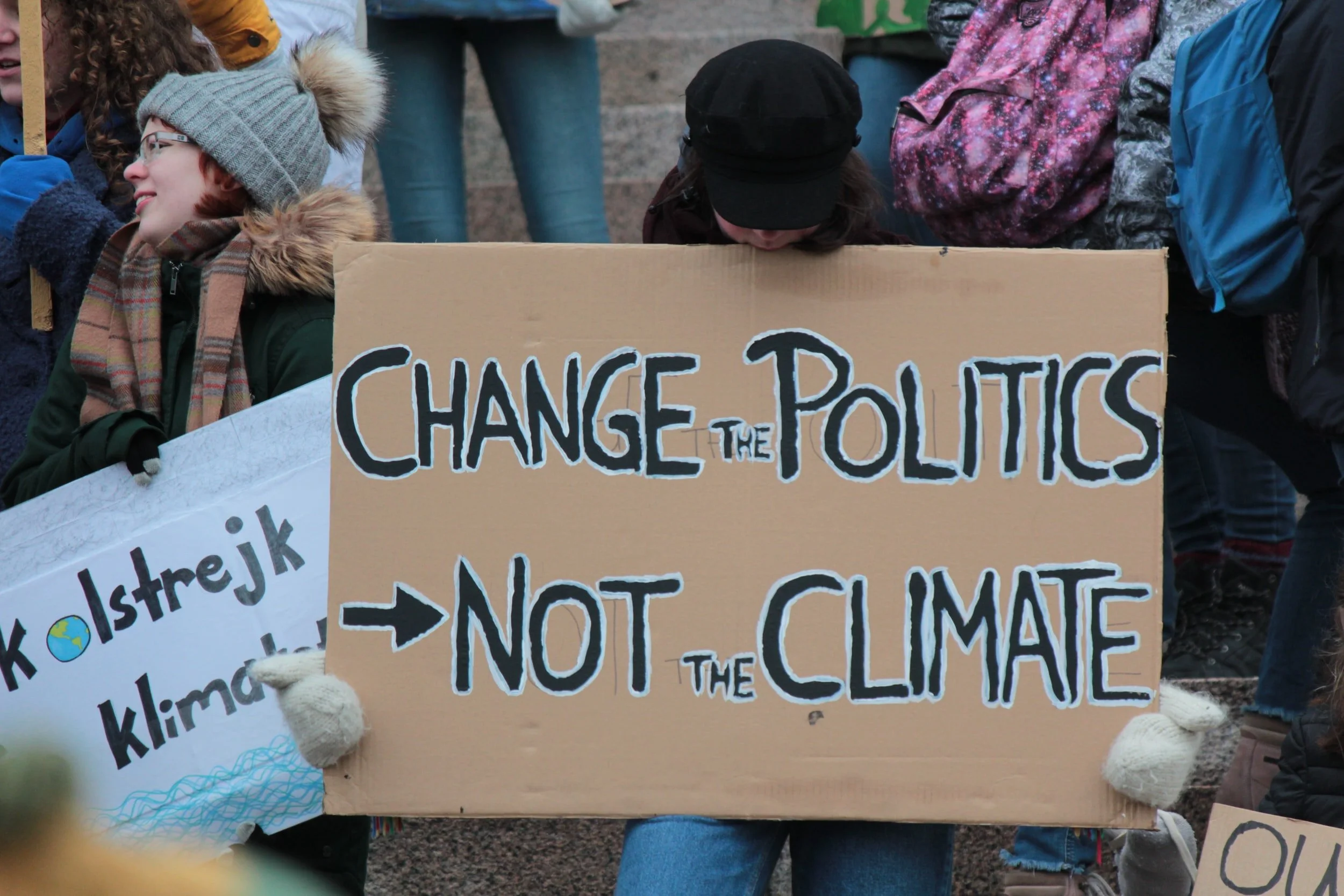This article by Chantel Comardelle, Tribal executive secretary of the Biloxi-Chitimacha-Choctaw Tribe, is from the fall 2020 edition of the Nonprofit Quarterly is part of a series of works on the subject of environmental justice and Indigenous communities in the United States
Excerpts and SPOTLIGHT views presented below
“Isle de Jean Charles is a small ridge of land in southern Terrebonne Parish, Louisiana. “The Island,” as locals call it, is home to the Isle de Jean Charles (IDJC) Biloxi-Chitimacha-Choctaw Tribe of Louisiana. The IDJC Tribe settled the Island in the early 1800s, having been pushed into “uninhabitable” lands by European settler colonialism, slavery, and social inequality.”
Long before climate change challenged the IDJC Tribe’s homeland, systemic discrimination and racism towards Indigenous people challenged their universal rights.
The IDJC Tribe adapted to life on a secluded island, accessible only by boat, by living solely off the land and surrounding waters. The Tribal children were denied public education until 1952 even though a missionary school was within reach on the mainland by the 1930s and the Baptist Mission built a church on the Island, which was used as a school in the 1940s.
When the “Island Road” connecting the Island to Pointe-aux-Chênes was built in 1953, a whole new world opened to the IDJC Tribe. However, the road crossed the marshland, leaving it wide open to erosion and flooding.
Since 1955, the Island has sustained a 98 percent erosion rate, contributing to floods and hurricanes that have destroyed some homes. Although the road was restored and elevated in 2011, and the Tribe was told this would permanently fix the problem, over the past 3 three years, the road has regularly flooded due to increasing extreme weather events, particularly where the Gulf is vulnerable.
The Island is now unable to sustain life for the entire IDJC Tribe, because of climate change. Climate change impacts like sea level rise, environmental disasters and gradual sinking of the land due to levees on the Mississippi River.
Tribal members have trickled off the island due to loss of homes, work and repeated flooding that began as early as 1974 with Hurricane Carmen. Gradually, there’s been an uptick in departures, with the biggest departure in 2002 when over 50 families left following devastation from Hurricane Lili.
The IDJC Tribe is now separated, displaced and losing their way of life. Oral histories, traditions and knowledge passed on for generations is also at stake.
Much like it is for refugees, most of whom live out the rest of their lives in exile. And much like it is for so many places in the world like the Lake Chad basin, for example, where nomadic ways of life are being disturbed by conflict and climate change and resulting displacement impacts separation and loss of that way of life.
For the IDJC Tribe, hope for solutions has dwindled over the years from many missteps and the state of Louisiana’s slow and improper implementation of the federal Housing and Urban Development National Disaster Resilience Grant, awarded in 2016, and meant to include the Tribe’s envisioned Tribal Resettlement Plan.
In the latest amendment, the state has made it clear that the IDJC Tribe would no longer be involved in any part of the grant nor receive any funds.
Now the Tribe has invested in “Preserving Our Place,” a movement to preserve the Island and the Tribe’s long legacy of traditions, culture and history. The IDJC Tribal Council approved the first Tribal Museum Policy and will establish a Tribal Museum and Culture Center, community gardens, storytelling activities, craft demonstrations and historical exhibits are just the tip of the iceberg.
But first must come efforts to ensure the Island and the IDJC Tribe does not erode, and they can’t do that alone.
“Thinking of the vast undertaking, for guidance—ironically—I look to the Declaration of Independence and the U.S. Constitution, whose Preamble begins, “We the People.” In order to fully accomplish our goal, we, the people of the Tribe, the community, and the country must ensure that the communities facing climate migration and resettlement are fully resourced. Communities dealing with these grave climate conditions need everyone to rally behind their vision to ensure the preservation of their place, and come alongside them in solidarity” - Chantel Comardelle
Chantel says that solidarity should include everyone from the federal government to philanthropy, pointing to the Government Accountability Office July 2020 report recommending that “Congress consider establishing a federally-led pilot program to help communities interested in relocation.”
Chantel says the report accurately covers the IDJC Tribe’s resettlement process, clearly states that there are many complex problems with the current resettlement plan.
The IDJC Tribe needs support and suggests many ways in which we can all help. We can follow their story and progress at www.isledejeancharles.com, and on Facebook. If you’re covering a news story about this, she suggests contacting community leaders to learn of the most pressing needs since many stories do not represent the real picture.
Most importantly, meaningful financial support and capacity-building grants are crucial, especially to get the Preserving Our Place project initiated. As far as in-kind support, their most immediate needs are archival space, equipment, funding and a building. (NonProfit Quarterly)








